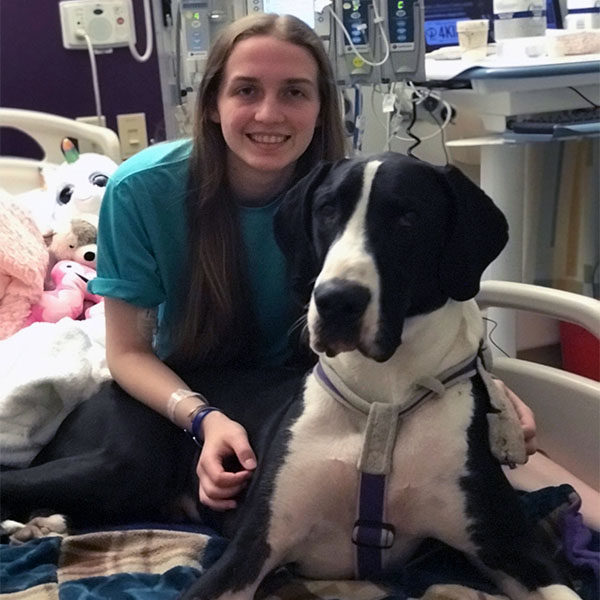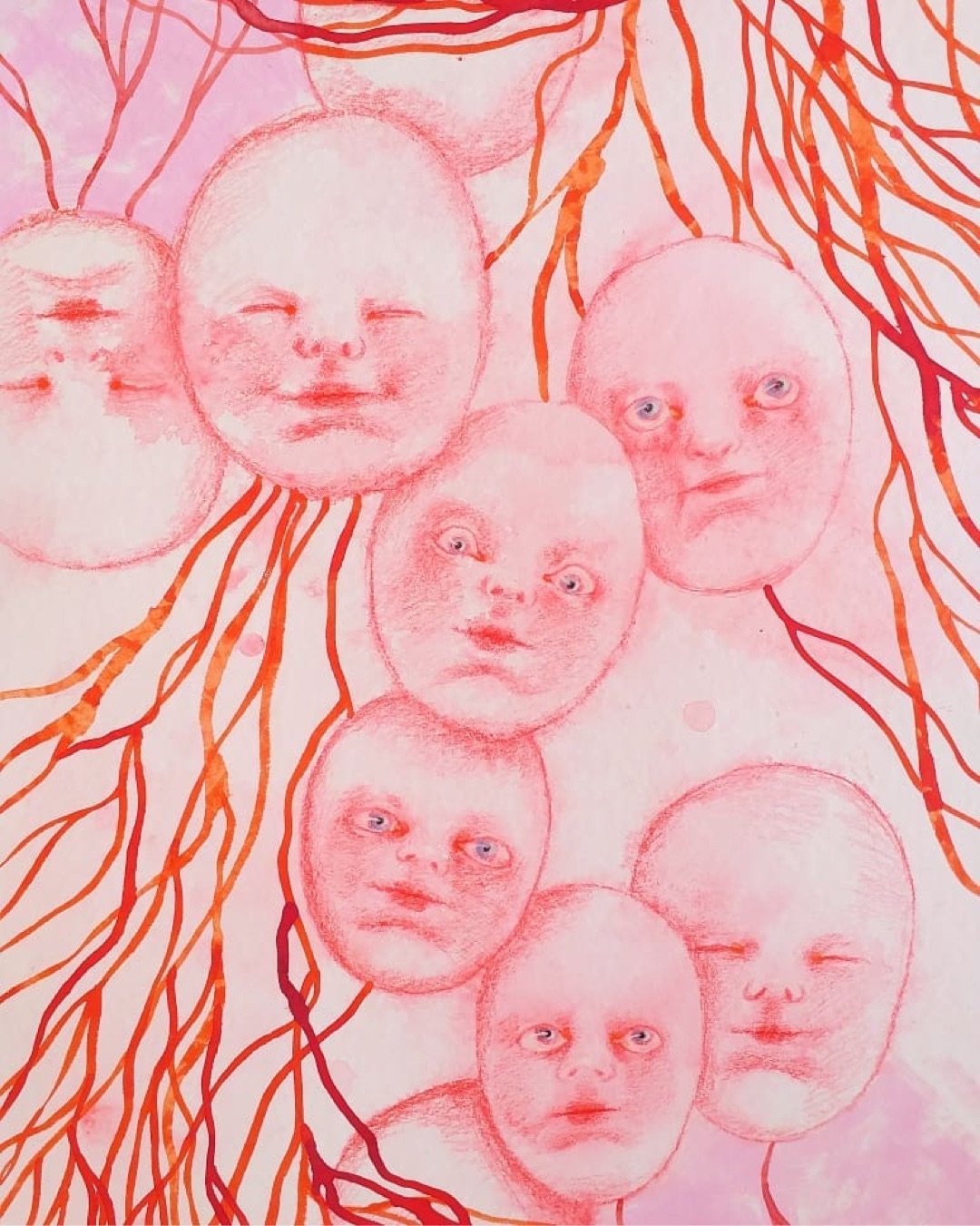When I was a kid, I wanted nothing more than to run away from my existence. The simple act of conversing was filled with so much anxiety that I often chose to stay silent because it was just easier and less embarrassing.When I used to call my friends on the phone, I recorded myself onto a tape recorder (remember those? 😊 ) so I didn’t have to actually speak when asking my friends’ parents to talk to my friends.
When I was in high school, I decided that a life of shyness, pain, and anxiety wasn’t a life I wanted to lead anymore. I didn’t want to run away from my fears. Instead, I decided to push straight into them and see what happened.
Recently, I read a Facebook post that was honest and vulnerable about stuttering, and it inspired me. Don’t get me wrong, I’m not shy to talk about my stutter, and I definitely don’t run away from it anymore, but I also don’t really talk about either. I just assume you either take me for who I am, or you don’t, and I feel no need to discuss it further.
However, it’s always good to take a step back and reflect on the things you are grateful for. Doing so makes me realize that I am grateful that I stutter.
It may sound strange to say because most people who I know in similar situations would completely disagree with me. It's certainly true that if I didn’t stutter, I would be a very different person, but I think that’s kinda the point. I like who I am and a large part of that is because I struggle so much when I speak. Allow me to explain.
HERE ARE SIX REASONS WHY I AM GRATEFUL FOR MY STUTTER:
1. I experience an ever-renewing feeling of accomplishment.
Stuttering is a daily struggle, whether I like it or not. Every day is a new decision to not let it get the better of me. It’s a battle I constantly choose to win. That feeling of accomplishment is contagious and rolls over into all your my decisions and actions — mundane or serious. Knowing that you’ve already won battles today makes it not a big deal to accomplish more. It's strengthening and empowering.
2. I am sensitive to others.
Knowing what it feels like to be on the receiving end allows me to appreciate and think about others’ struggles and successes more than I might if I didn't stutter. I am more in tune to understanding people, and I take the time to make sure I understand what they want and how they feel.
It's that interest in people that enables me to take the time to really think about what people want and need. This skill goes beyond the personal; it is very helpful in my professional career as an educator and as a marketer.
When creating a marketing strategy, knowing your audience is crucial. Being able to really know what they want and how to deliver it in a way that matters is what makes a campaign successful.
I might not be so good at that if I wasn't as sensitive, and I might not be as sensitive if I didn't stutter.
3. I never feel that old.
This one is hard to explain — but I’ll try. Carrying something with you from childhood kind of keeps you in that state of mind. In certain regards I have left that part of life behind me and forged forward, but there is still a part of the past that I hold on to. It's the part that knows I’m not perfect, the part that knows I struggle, and the part that knows what it’s like to feel pain, frustration, and humiliation. These are parts I don’t want to let go of. These are the parts that propel me forward into always challenging myself and to appreciating others.
When you hold onto parts of your childhood, something about it keeps you in that mindset. So for me, I still always feel like my younger self, though I have accomplished and am proud of so much about my adult life.
Also, because of my stutter, there is still a part of me that feels like "don’t take yourself too seriously, focus on what’s important and don’t get caught up in stupid stresses". One of my favorite quotes is: "Only focusing on things that matter, and not 'adult stupidities' keeps you feeling young at heart and in action."
4. I am patient.
They say “Patience is a virtue” — and it definitely is. I cultivate patience for myself and patience towards others every day. Patience can often be swapped for strength. It’s not easy to wait for something. It’s not easy to be slow to anger or slow to get frustrated. My life experiences have taught me patience, and that has been a great gift.
5. I allow myself to be inspired by others.
When you have firsthand appreciation of what it’s like to struggle and succeed, it easily puts you in to the shoes of others. You realize and appreciate that the road is not always easy and when things are hard, people want you to know. By the same turn, when things are good, people want to share with you. Community and networks are grown when people appreciate and respect one another. The world works because we are not all the same person.













